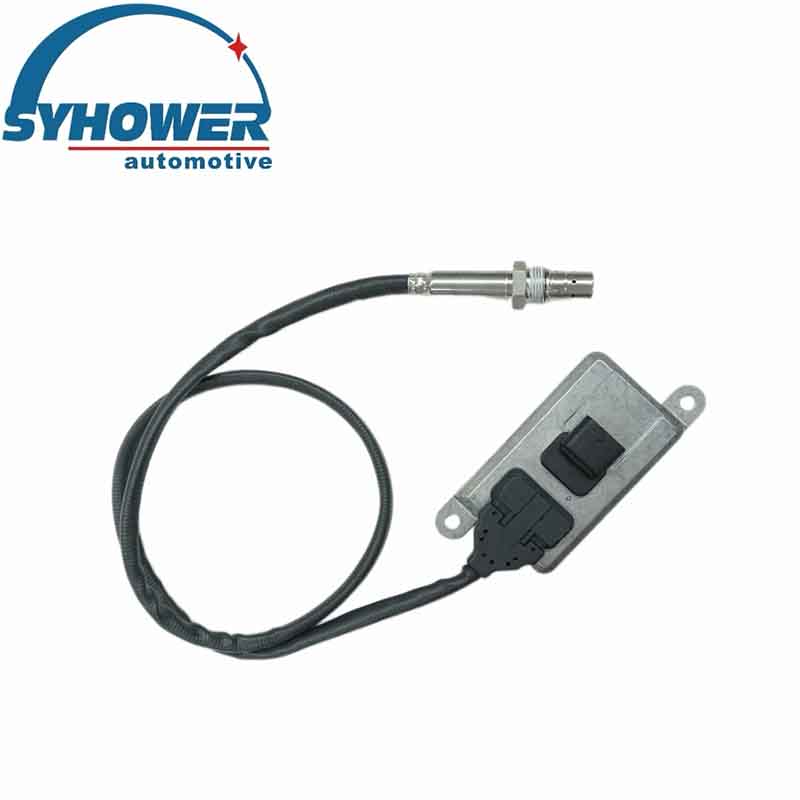- English
- Español
- Português
- русский
- Français
- 日本語
- Deutsch
- tiếng Việt
- Italiano
- Nederlands
- ภาษาไทย
- Polski
- 한국어
- Svenska
- magyar
- Malay
- বাংলা ভাষার
- Dansk
- Suomi
- हिन्दी
- Pilipino
- Türkçe
- Gaeilge
- العربية
- Indonesia
- Norsk
- تمل
- český
- ελληνικά
- український
- Javanese
- فارسی
- தமிழ்
- తెలుగు
- नेपाली
- Burmese
- български
- ລາວ
- Latine
- Қазақша
- Euskal
- Azərbaycan
- Slovenský jazyk
- Македонски
- Lietuvos
- Eesti Keel
- Română
- Slovenski
- मराठी
- Srpski језик
The difference between Nitrogen oxygen sensor(Nox Sensor) and oxygen sensor
Both nitrogen and oxygen sensors play a crucial role in vehicle exhaust emission monitoring and engine performance optimization, but there are significant differences between them.

Firstly, from a functional perspective, the oxygen sensor primarily monitors the oxygen content in engine exhaust to facilitate precise fuel injection control, thereby achieving an optimal air-fuel ratio that enhances fuel efficiency and minimizes pollutant emissions. In contrast, the nitrogen oxide sensor specifically detects nitrogen oxide levels in exhaust gases; since nitrogen oxides are detrimental environmental pollutants, stringent regulation of their emissions is crucial for ecological preservation.
Secondly, regarding their operational principles, the oxygen sensor generates an electrical signal by measuring variations in oxygen concentration within the exhaust gas, which is then relayed to the engine control unit. Conversely, the nitrogen oxide sensor employs advanced chemical sensing technology to accurately quantify nitrogen oxide concentrations and transmits this data to the vehicle's electronic control system for implementing necessary measures aimed at reducing these harmful emissions.
Furthermore, concerning application scenarios, oxygen sensors are extensively utilized across various types of fuel vehicles and constitute a critical component of modern engine management systems. Nitrogen oxide sensors are predominantly found in diesel vehicles and select high-end gasoline models equipped with sophisticated exhaust aftertreatment systems designed to comply with more rigorous emission standards.


